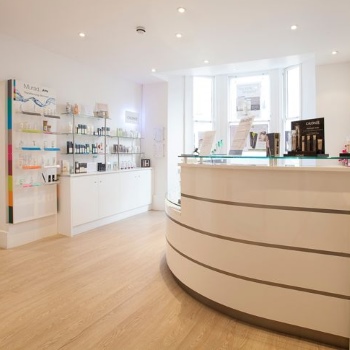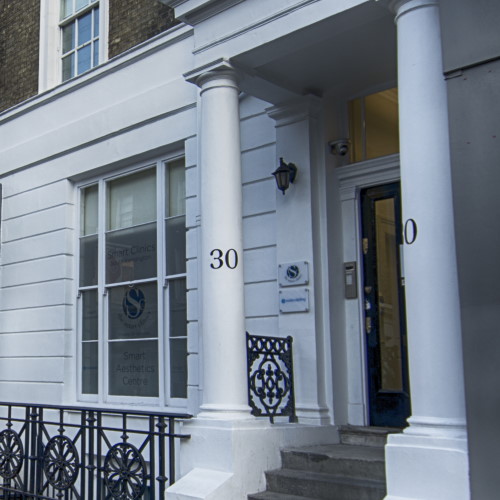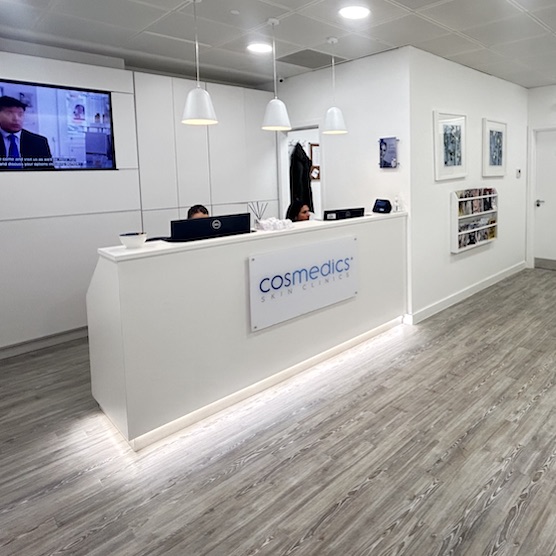Milia Removal
Milia Removal
What are milia?
Milia are dome-shaped white-to-yellow pimples that commonly appear around the eyes, cheeks, nose, and forehead. They are neither unpleasant nor uncomfortable, but they can be considered unsightly.
They appear anywhere on the body, but they are most common on the face, trunk and limbs.
Milia is a condition that may afflict all people, not just a specific age group or ethnicity. The pimples are commonly seen in children under the age of one which is why they’re sometimes called ‘milk spots’ or ‘baby acne’.
What causes milia?
Milia develop when dead skin cells do not slough off. They become trapped behind the new skin, solidify, and form a milium. As a result, keratin becomes trapped under the surface of the skin. Keratin is a protein found in hair, nail cells, and skin.
It’s not uncommon to associate milia with skin deterioration in older children and adults. As we age, we may lose the natural ability to exfoliate. Anyone can have milia if the skin’s capacity to cleanse itself and shed dead skin cells is impaired; which can happen because of:
- Skin damage resulting from a rash, injury, or UV exposure
- An autoimmune condition
- Genetics
- Long-term use of steroid medications
When should I seek milia treatment??
Milia are not harmful and not contagious. The main reason for seeking treatment is their appearance, as milia can look unusual and unsightly. They can also be quite extensive, with a large number of milia spreading across multiple areas of the upper face or body.
It’s best to make an appointment with a medical professional for proper diagnosis. Your doctor can also rule out the possibility of something more serious causing the milia.
Milia treatment options
Treatment options include medical exfoliation, laser treatment or cryotherapy (freezing). In extreme cases, doctors can also try using microcautery treatment or even surgery
- Medical exfoliation using peels or laser
- Cryotherapy is a method of freezing off the pimples and cysts
- Ablation using a laser to destroy the milia
- Dermabrasion
- Diathermy treatment use electrically induced heat to eradicate the cysts
- TIXEL thermal fractional rejuvenation can be helpful
- Scraping off and applying heat to the cysts to destroy them (curettage/microcautery)
How long does treatment take?
30-45 minutes
When can I go back to work
Same day
Milia Removal Costs
| Treatment | Cost |
|---|---|
| Milia treatment | from £300 |
Consultation
The cost of consultation with our doctors is £75. This is redeemable against the cost of treatment carried out on the same day. Prices are a guide to the costs and the exact price can only be determined once the doctor has examined you in person.
Please call 0207 386 0464 OR email enquiries@cosmedics.co.uk for help.
How Do I Book an Appointment?
Our medical advisors would be happy to make an appointment for you to discuss your milia removal:
The consultation fee is payable on booking. We have a 48-hour cancellation policy.
Videos - Treatment at Cosmedics
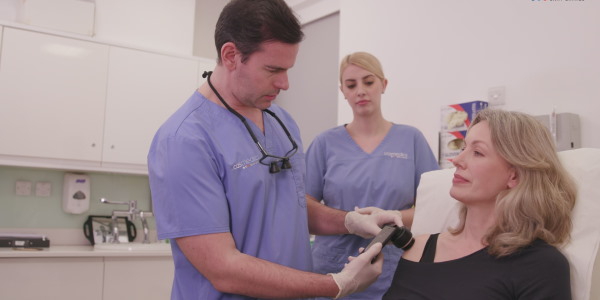
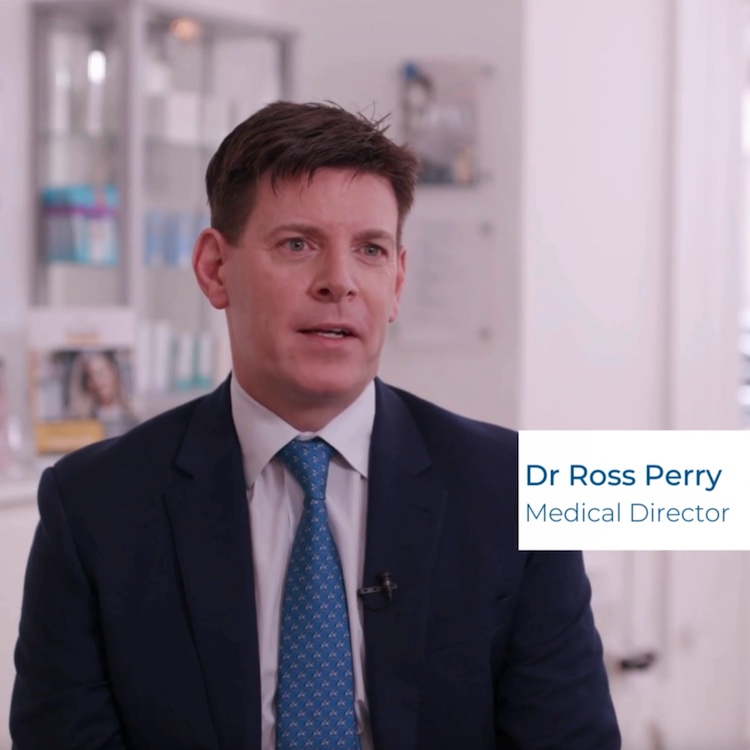
Milia removal doctors & surgeons

MBBS

FEBOPHTH L7CERT(AESTH)

MBBS
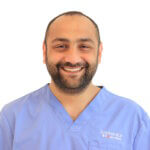
MBBS(Lond) BMedSci MRCS(Eng) FRCS(Plast)

MBBS, FRCS(Plast)
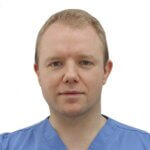
MBBS PhD

MBChB

MBBS

MD
Dermatologist
Get In Touch
Please fill in your details and our skin advisors will call you back to give you more information.
You can also add an optional short message.
[elfsight_whatsapp_chat id=”1″]
Milia Removal FAQ: Questions & Answers
Are milia something that babies get?
Milia are most common in newborn infants. Within a month 40%-50% of newborns may develop milia on their skin.
However, milia can also afflict children, adolescents, and adults.
What causes milia in adults?
Milia develop when dead skin cells build up behind the surface of new skin. The dead skin cells become trapped and solidify, forming a ‘milium’. This can be triggered by damage to the skin, such as:
- Rash, injury, burns or blisters
- Long-term usage of topical steroid
- Long-term sun exposure or porphyria cutanea tarda (PCT)
- Epidermolysis bullosa (EB)
- Skin resurfacing procedures
- An autoimmune condition
- Genetics
- Auto-immune disease e.g. cicatricial pemphigoid or
Are milia associated with Epstein Pearls?
Milia are frequently mistaken for Epstein pearls, but they are not the same thing. Epstein pearls only occur in newborn babies and appear on the roof of the mouth and gums. Milia can appear anywhere on the skin and can occur in babies, children or adults of any age.
Are milia contagious?
Milia are not contagious, so don’t worry about passing them onto people you live with.
Can I squeeze milia?
Avoid the temptation to squeeze milia. They are not the same as spots or whiteheads and unlikely to ‘pop’. By trying to squeeze them, you could make them inflamed or infected.
What products can I use to improve milia?
A good daily skincare regime can be very helpful in keeping the skin super clean and avoiding buildup of dead skin cells. Try an exfoliating cleanser although be wary of drying the skin out too much. Vitamin A and retinol products can help to encourage new skin cell turnover, thereby helping to reduce buildup.
What aftercare is required after milia removal?
Advice may vary depending on what procedure you have had. In general, expect to take a little extra care of the area, but nothing too onerous. You should avoid hot baths and bathe the area using only warm water for the first 2/3 days following milia removal. Refrain from using perfumes, lotions, body sprays, soaps, or scented items on the skin while the area is healing. Use Aloe Vera gel after bathing to calm the skin and speed the healing process. Avoid sun exposure and use SPF50 – this is good advice at all times, but vital while the skin is recovering.
Milia removal clinics near you
Milia removal clinics in London


